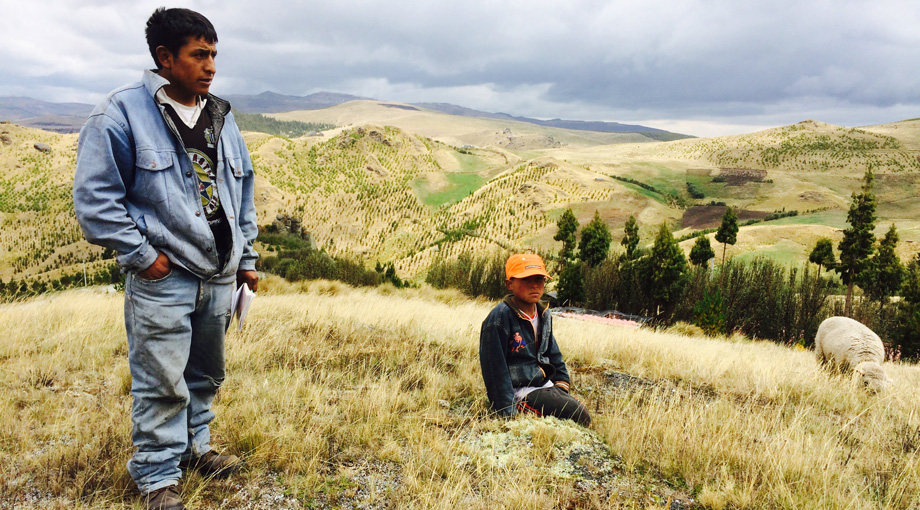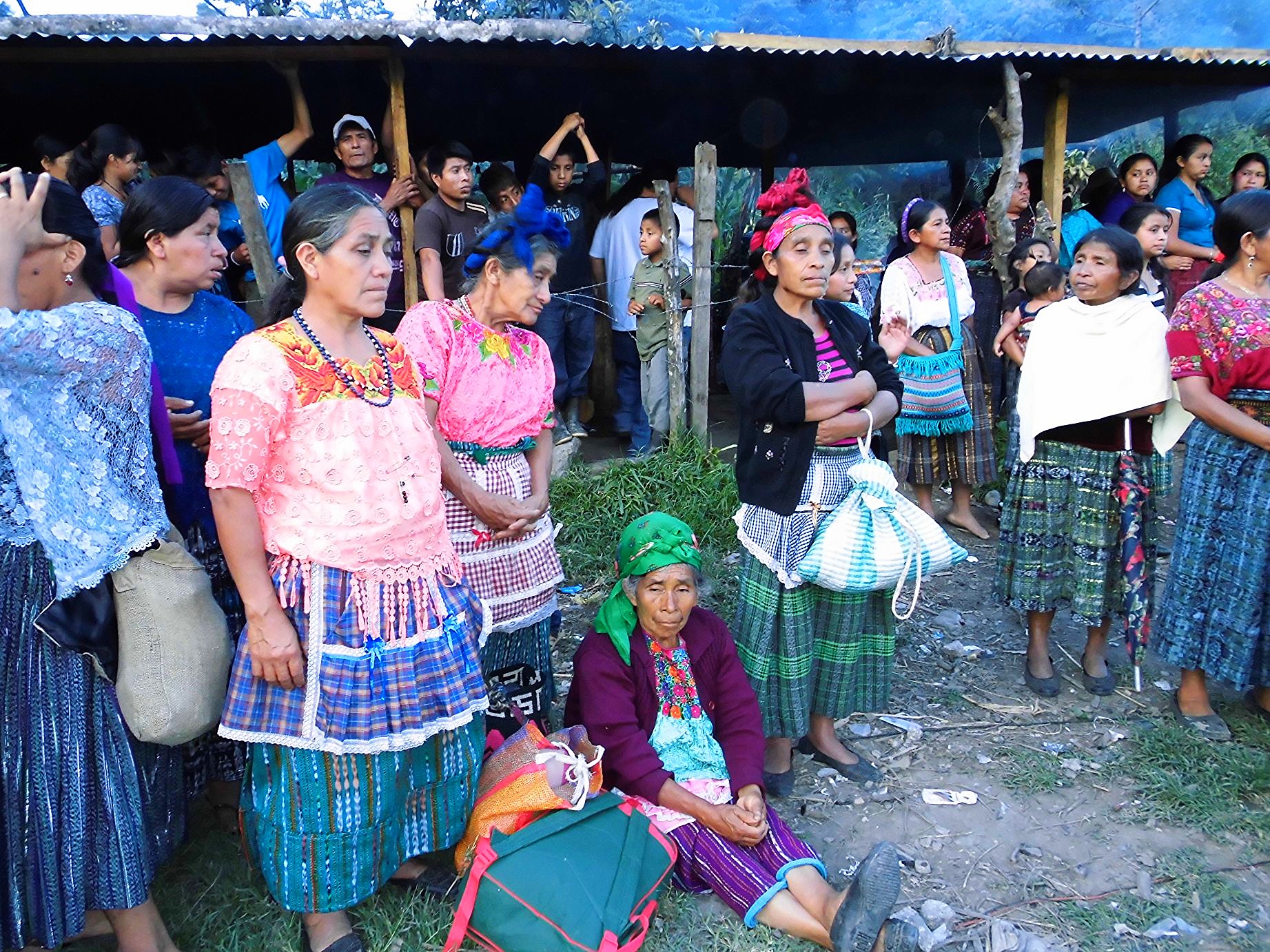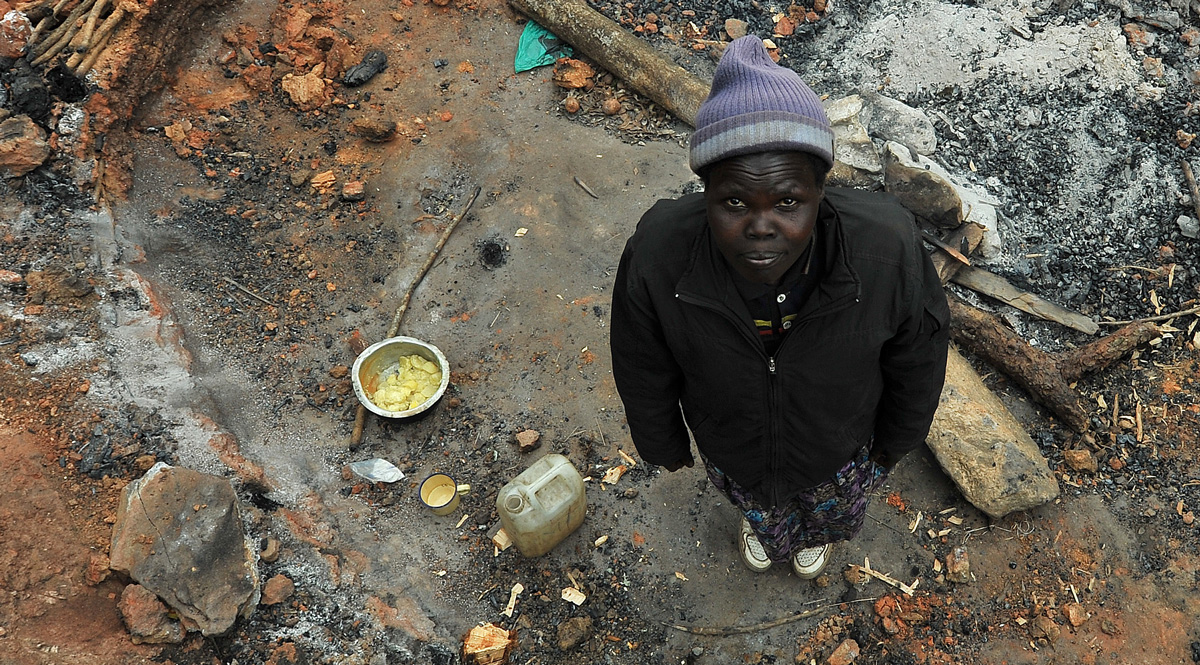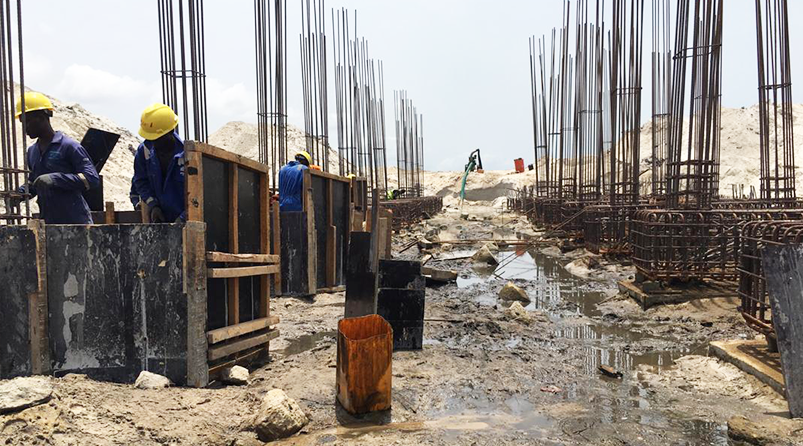3,350,449.
That’s how many people ICIJ estimates were physically or economically displaced by a World Bank project between 2004 and 2013, after a 11-month investigation. That is roughly the entire population of Uruguay. It is more people than live in Chicago or Madrid.
According to ICIJ’s research, an estimated 3,350,449 people were either forced out of their homes, deprived of some or all of their land, or had their livelihoods damaged by one of nearly 1,000 projects funded or administered by the World Bank over a ten year period.
The bank’s own policy states that resettlement should be avoided when possible. If not, “displaced persons should be assisted in their efforts to improve their livelihoods and standards of living or at least to restore them … to pre-displacement levels.”
The World Bank also acknowledges the need for transparency in its policy on Access to Information.
“Transparency and accountability are of fundamental importance to the development process and to achieving its mission to end extreme poverty,” the policy states. “Transparency is essential to building and maintaining public dialogue and increasing public awareness about the Bank’s development role and mission.”
Yet, ICIJ discovered that basic information – such as how many people would be negatively affected by projects – was difficult to find. To track down estimates for the number of people affected by the bank-funded projects, our data and research unit reviewed tens of thousands of pages of documents in four languages.
Inside the documents, ICIJ looked for what the bank identifies as “Project-Affected People (PAP)” or “displaced people.” Inconsistent documentation makes it very difficult to have an exact number of displaced people by project or by country. The World Bank recently acknowledged “major problems” in its handling of resettlement, admitting that projects involving physical or economic displacement “often had poor or no documentation.”
By providing detailed information on a per-project basis, as well as aggregates by countries and sectors, ICIJ seeks to make the World Bank-funded projects causing displacement more transparent. This information is not searchable on the bank’s Internet sites.
ICIJ doesn’t assert that all affected people mentioned in our analysis have not been fairly compensated for their losses. The World Bank says that in many cases it has restored or improved people’s living conditions and livelihoods, but it acknowledges that shortcomings in its oversight of displacement cases often makes it impossible say precisely how many people were given enough help and how many weren’t.
Explore ICIJ’s Evicted and Abandoned Interactive Database

Where does ICIJ’s data come from?
The data used for our analysis comes entirely from public information made available online by the World Bank, except for a few documents the bank provided directly to ICIJ. To create this database we had to manually review more than 4,000 files and 1,500 projects. You can download the data used in this interactive here.
How does ICIJ estimate the number of projects causing displacement?
ICIJ looked at all projects approved between 2004 and 2013 that had a resettlement document available on the World Bank website to determine if there was confirmed or possible displacement. We also included projects for which no resettlement document was available but for which the bank received a complaint about land acquisition or involuntary resettlement.
ICIJ divided projects with displacement into two categories: possible (57% of projects) and confirmed (43% of projects). Displacement was confirmed by the bank through a resettlement plan or through documents produced after the project was completed. If the existing bank documents indicated resettlement was likely or the project could potentially restrict access to protected areas, we included it in the “possible” category.
How does ICIJ estimate the number of people displaced?
ICIJ extracted the number of people physically and economically displaced from estimates in documents called “Resettlement Action Plans,” published online by the World Bank. We used all the documents available up to Dec. 31, 2014, as well as 43 documents sent directly by the bank.
When projects were closed and there were no resettlement documents, ICIJ looked for estimates of displacement in Implementation Completion Reports (ICR). Most ICRs, however, did not include a census of the number of people displaced.
What does “displacement” mean?
The range of resettlement impacts stated in the World Bank documents can be varied and incoherent. Some individuals will have to move to another house, but the smallest impacts can be as modest as losing less than 1% of their land.
Some projects indicate the percentage of impacts that the borrower considers “minor.” Others list the precise percentage of land taken. Some provide little information, which makes it difficult to go into detail about the type of consequences people suffered across projects.
In a 2012 internal report, the World Bank acknowledged that resettlement plans “often use the term ‘project-affected people’ (PAPs), but without disaggregating the type of impacts those people faced.”




